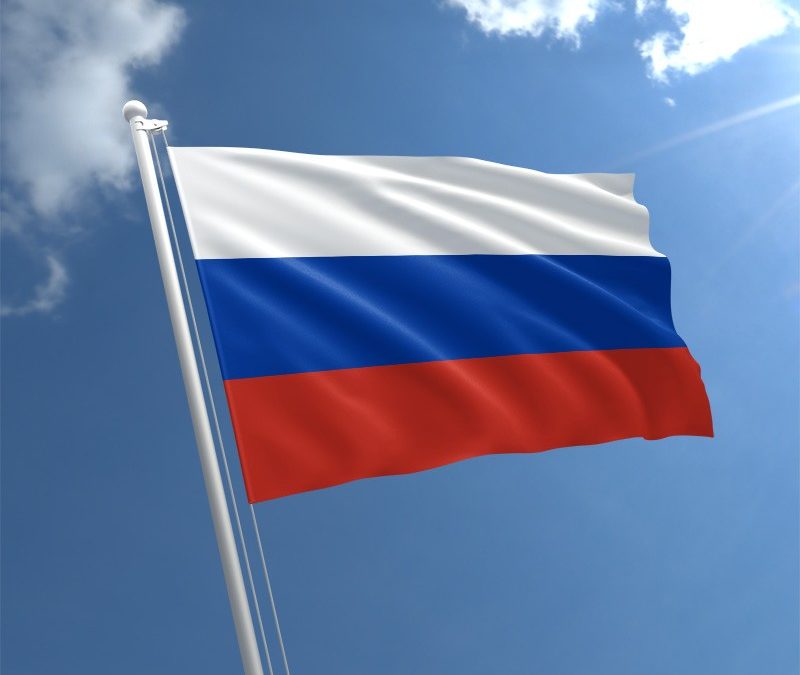Article was updated May 30, 2025.
Overview of Regulatory Framework
In Russia, the regulation of medical devices is managed by the Federal Service for Surveillance in Healthcare (Roszdravnadzor). The country uses a risk-based classification system similar to that of the European Union, categorizing devices into Class I (low risk), Class IIa (medium low risk), Class IIb (medium-high risk), and Class III (high risk). Classification is based on factors such as the device’s intended use, duration of body contact, level of invasiveness, and potential risk to patient safety.
Registration Procedure
The registration process begins with preparing and submitting a comprehensive dossier to Roszdravnadzor. This includes technical documentation, device classification, intended use, and evidence of compliance with standards such as GOST ISO 13485. The documentation is reviewed thoroughly, and manufacturers must demonstrate compliance with Quality Management System (QMS) requirements. ISO 13485 certification is generally required, and on-site inspections may be conducted, especially for higher-risk devices.
Clinical trials are typically not required for Class I devices unless requested by the authority. For Class IIa, IIb, and III devices, clinical trials must be conducted in accredited Russian institutions unless equivalence to a previously registered device is demonstrated. Additionally, devices undergo performance and safety testing, which may include biocompatibility and electrical safety evaluations. If the device meets all requirements, Roszdravnadzor issues a registration certificate.
Validity, Timelines, and Costs
Registration certificates issued by Roszdravnadzor are valid indefinitely and do not require renewal. However, any significant changes to the device’s design, intended use, labelling, or manufacturing process require re-registration or submission of an amendment application.
Estimated timelines vary by classification: Class I devices typically take around 50 calendar days, Class IIa around 90 days, and Class IIb or III devices up to 150 calendar days. These timelines may fluctuate depending on documentation quality and regulatory feedback.
Fees are determined by the class of the device, whether clinical trials are required, and the nature of the application (initial, renewal, or amendment). Manufacturers should refer to official Roszdravnadzor resources for the most accurate cost details.
Eurasian Economic Union (EAEU) Transition
Russia is part of the Eurasian Economic Union (EAEU), alongside Armenia, Belarus, Kazakhstan, and Kyrgyzstan. The EAEU has established a unified regulatory framework for medical devices, allowing manufacturers to register in one member state and market in all others using a single registration certificate.
Under this system, manufacturers submit a dossier to an authorized national body within the EAEU, including technical, clinical, and QMS documentation. Upon approval, the device must bear the EAEU conformity mark before it can be marketed. All labelling must be in the official language(s) of the target market and follow EAEU requirements.
Adverse event monitoring and clinical trial requirements also apply under the EAEU framework. High-risk devices must undergo trials in approved institutions, and member states are responsible for reporting serious incidents to the EAEU Commission within five days.
The transition deadline is December 31, 2025. Devices registered under national procedures can remain on the market until then, but from January 1, 2026, only devices registered through the EAEU system will be permitted for sale. Manufacturers seeking to market devices in Russia should begin transitioning toward EAEU compliance to ensure ongoing market access. Preparing for QMS inspections, updating labelling, and understanding clinical trial obligations will be key to meeting upcoming regulatory expectations.

